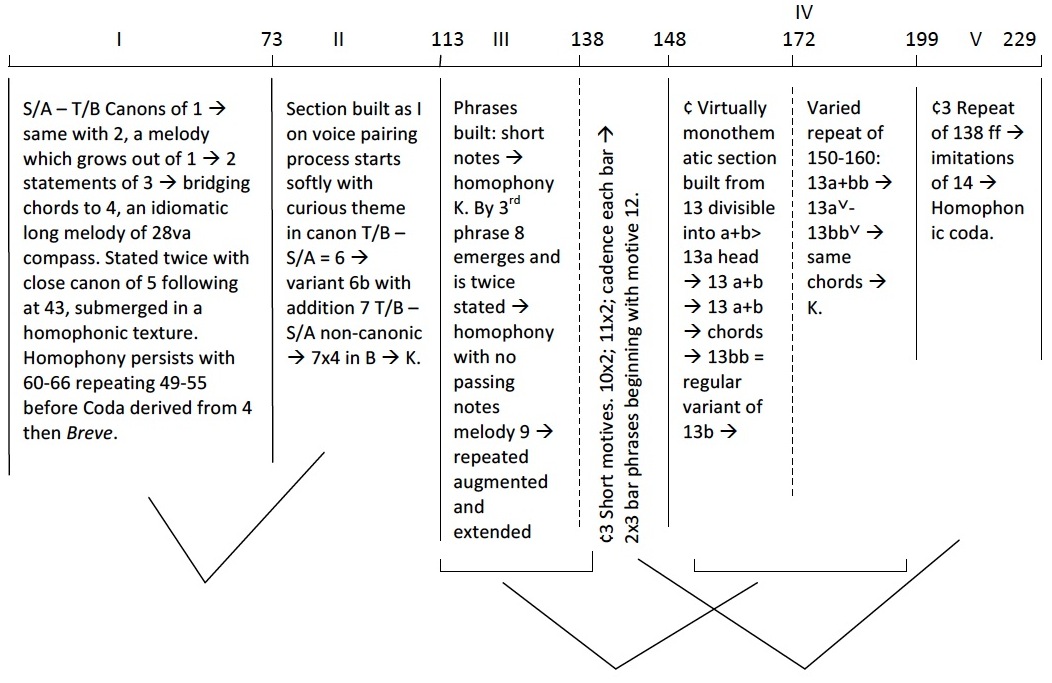| Source title | Esta fantasia que se sigue es del quarto tono:y anda por las partes mismas en la vihuela que la fantasia passada va:porque como ya he dicho paresce mejor el tercero y quarto tono por donde agora anda:y ha se de tañer conel compas a espacio. |
|---|---|
| Title in contents | |
| Text incipit |

Music
Category abstract
Genre fantasia
Fantasia type ImP
Mode 4
Voices 4
Length (compases) 229
Vihuela
Tuning A
Courses 6
Final IV/0
Highest I/8
Lowest VI/3
Difficulty not specified
Tempo slow
Song Text
Language
Vocal notation
Commentary
Rubric: This Fantasia that follows is in the fourth mode and is set using the same places on the vihuela as the previous fantasia because, as I have said, the third and fourth modes seem better played on this part of the vihuela, and it should be played slowly”
Another long fantasia of polythematic imitative type, quite consistent with Milán’s style. Features two sections in triple metre. A much broader worker thaw the one which precedes it; more subtle and more beautiful. Longer themes. Sectional repetitions used in IV and V – latter as K. Quite a bit of thematic linking and derivation. Quite a bit of intricacy in the organization of the sections, giving great interest. A number of distinct constructional devices are used.
The earliest transcription, perhaps more an arrangement, of this piece was published by Camille Saint-Saëns in 1898 (saintsaens1898)
The printed edition can be consulted at: https://gallica.bnf.fr/ark:/12148/bpt6k1174900p
The autograph manuscript is also available https://gallica.bnf.fr/ark:/12148/btv1b104680977
